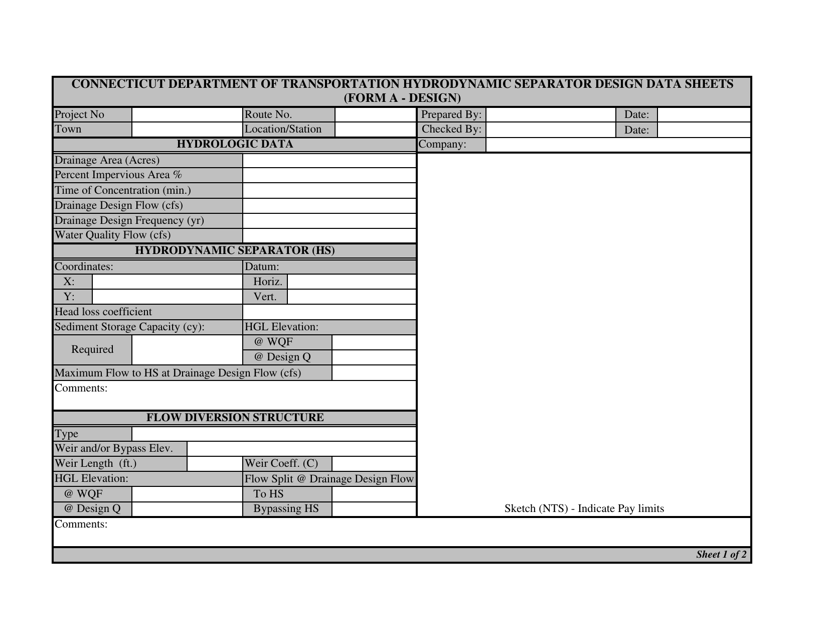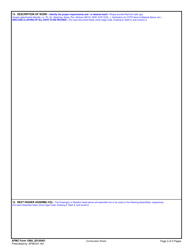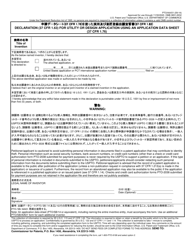Form A Hydrodynamic Separator Design Data Sheets - Design - Connecticut
What Is Form A?
This is a legal form that was released by the Connecticut Department of Transportation - a government authority operating within Connecticut. As of today, no separate filing guidelines for the form are provided by the issuing department.
FAQ
Q: What is a hydrodynamic separator?
A: A hydrodynamic separator is a stormwater treatment device used to remove pollutants and sediment from runoff.
Q: Why is a hydrodynamic separator used?
A: A hydrodynamic separator is used to improve water quality by removing pollutants and sediment from stormwater runoff.
Q: What does a hydrodynamic separator do?
A: A hydrodynamic separator uses various mechanisms such as settling, screening, and sedimentation to remove pollutants and sediment from stormwater.
Q: How does a hydrodynamic separator work?
A: A hydrodynamic separator works by directing stormwater through a series of chambers or treatment modules, allowing pollutants and sediment to settle out.
Q: What are the benefits of using a hydrodynamic separator?
A: The benefits of using a hydrodynamic separator include improved water quality, reduced pollutant loads in receiving waters, and compliance with stormwater regulations.
Q: Are there different types of hydrodynamic separators?
A: Yes, there are different types of hydrodynamic separators available, including vortex separators, swirl concentrators, and stormwater treatment units.
Q: What factors should be considered in hydrodynamic separator design?
A: Factors to consider in hydrodynamic separator design include site conditions, flow rates, pollutant types, and maintenance requirements.
Q: Are there any regulations or guidelines for hydrodynamic separator design?
A: Yes, there are regulations and guidelines at the federal, state, and local levels that govern hydrodynamic separator design and installation.
Q: Who can design a hydrodynamic separator?
A: A qualified engineer or stormwater professional can design a hydrodynamic separator based on site-specific requirements and regulatory guidelines.
Form Details:
- The latest edition provided by the Connecticut Department of Transportation;
- Easy to use and ready to print;
- Quick to customize;
- Compatible with most PDF-viewing applications;
- Fill out the form in our online filing application.
Download a printable version of Form A by clicking the link below or browse more documents and templates provided by the Connecticut Department of Transportation.





















